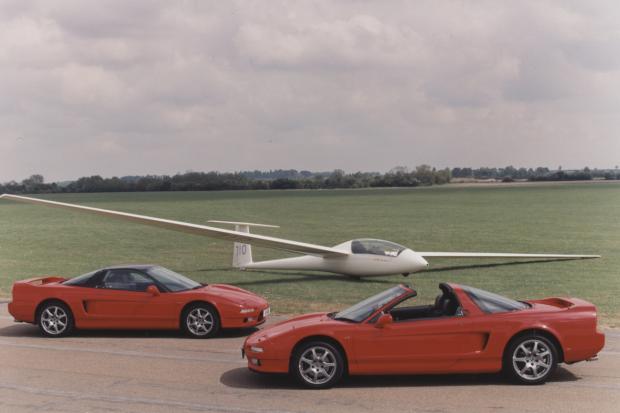
While many manufacturers could lay claim to building practical supercars, Honda was arguably the first to make an everyday machine capable of taking on other mid-engined exotics.
That’s not to say that the NSX was not exotic itself. In fact, a certain Ayrton Senna developed the car’s neutral handling, but it was also the world’s first all-aluminium production car.
The V6 engine was one of its standout features, with titanium-alloy conrods (another first), and there remains no better advert for Honda’s VTEC system, which allowed the NSX to rev effortlessly to 8000rpm.
The mid-engined layout gave the Japanese beauty wonderful balance in corners, and excellent traction out of them. And the unassisted steering on early models delivered communication to rival the best.
Yet it was the NSX’s practicality that marked it out from the competition. With Honda internals, the machine promised reliability that its contemporaries couldn’t match, while the stepped power delivery of the engine gave it a Jekyll and Hyde character. Refinement was there if you wanted it, plus there was a rich roar of induction noise on tap as well.
Couple that to a cabin that offered excellent all-round visibility, hard-wearing switchgear, plus light and easy-to-use controls and there really was nothing that could touch it. The icing on the cake came in the form of a boot that, we’re told, could even swallow a set of golf clubs, while the NSX-T offered a roof-out targa option.





